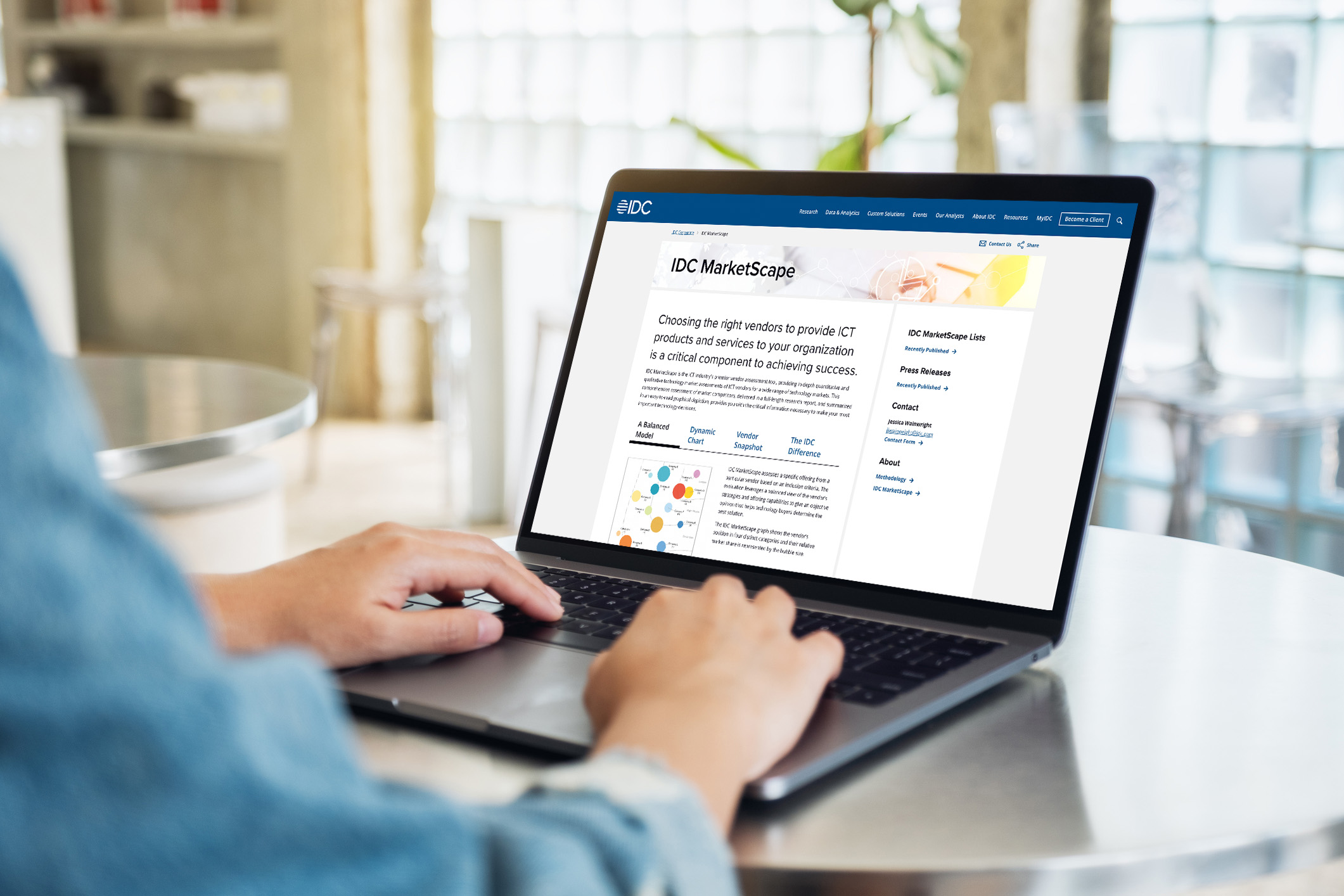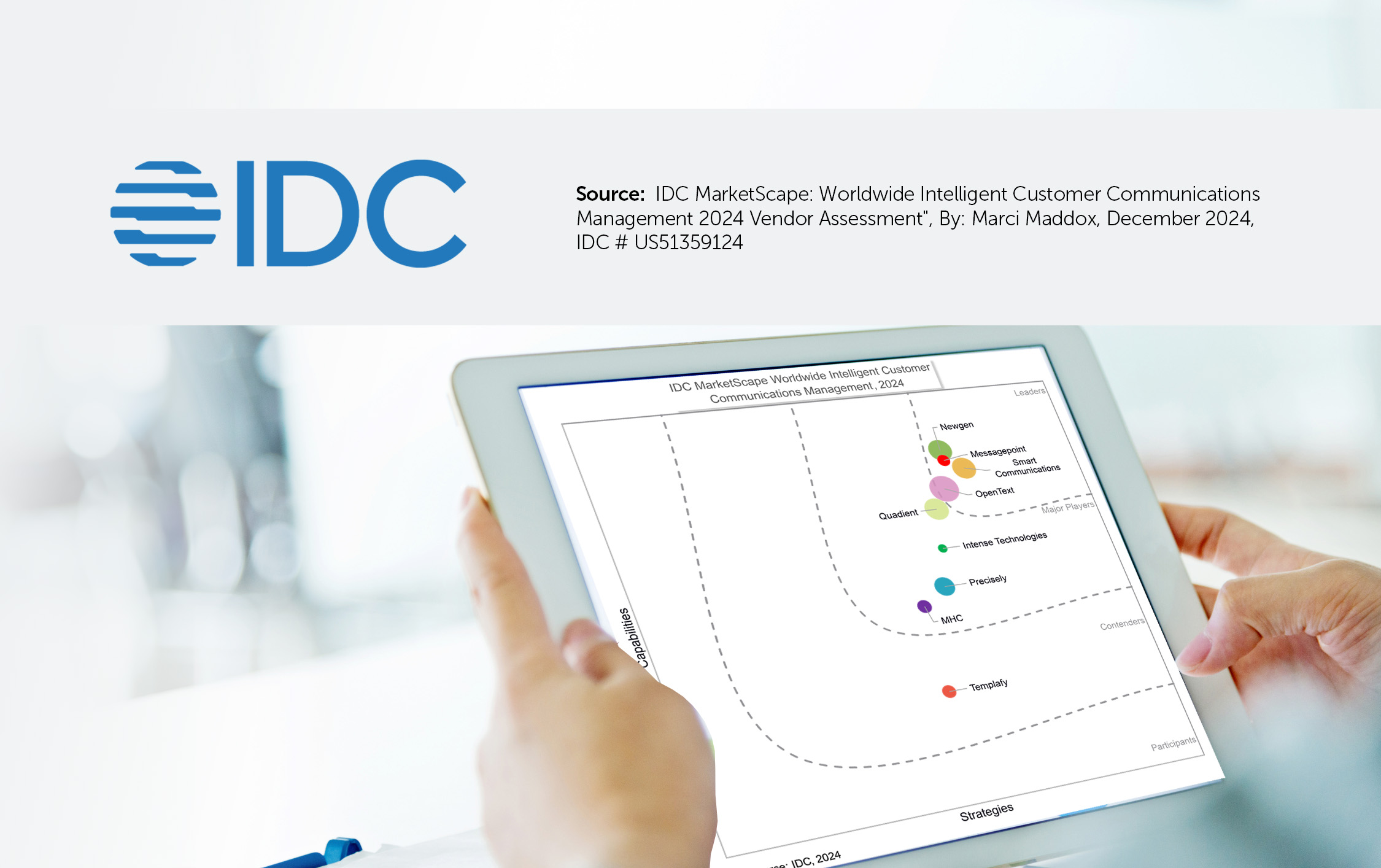
Not many would argue the fact that usability testing is essential to arriving at a good design. Companies wouldn’t dream of launching a new product without rounds of focus groups and research. So why then, do companies send out key communications, such as statements, without testing them first?
To quote Ginny Reddish, an author on this subject: “Usability is about helping designers and developers create products where users can quickly and easily find what they need, and understand what they find.” Isn’t the main purpose in receiving a statement to find out how much you owe and when it is due or how your investments have performed over the past quarter? Your customers are depending on you to report their account information clearly.
Poorly-written and designed statements continue to drive calls to call centers, lead to a negative customer experience, and increase the cost of doing business. At Prinova, we believe that usability testing of documents is just as important as usability testing of a new product. You may be sitting there saying “Ya, I agree, but I don’t have the time or budget right now. We have to get our new statement into production in less than a year.”
If so, you’re not unlike many of our clients who have come to us with a redesign project. But what they have found surprising is that the whole customer testing process can take less than two weeks and the cost is only a fraction of the redesign budget.
While there are several approaches to testing – remote testing , online surveys, and focus groups to name a few – we believe the most affordable and productive method for testing the effectiveness of documents is through in-depth interviews, also commonly referred to as IDIs.
An IDI allows the facilitator to directly observe how a customer interacts with the document design in real-time – i.e. where do their eyes go first and second? What parts do they skip over? What parts do they have to go back and reread? Unlike qualitative research, such as a questionnaire, an IDI allows you to then probe particular areas for deeper insight.
Within a 30 to 45 minute interview, depending on the length and complexity of the document, you are able to determine what information is important to a customer, if they can find that information easily, what areas may be causing confusion and need further refinement and what areas may not even be necessary. It can also give you valuable insights into what information a customer may prefer to receive electronically or what their views are on ‘onserts’ vs ‘inserts’ and other marketing initiatives. It will help validate that your design ‘works’ and is ‘usable’ and may offer up areas for improvement.
But you may be saying “Wouldn’t we have to interview 30-40 customers to get accurate results?” That is a common question we get asked all the time. Our track record has validated what several studies have shown: 4-8 participants are all that you need to get valid data. Patterns will definitely emerge and consensus will be achieved.
IDIs also allow you maximum flexibility: interviews can be physically set up almost anywhere (doesn’t have to be at a research facility) and it is typically easier and faster to recruit participants for IDIs than a focus group.
It seems like a no-brainer to us to get customer insights before a design is finalized, rather than wait to hear their complaints after you’ve spent months and thousands of dollars getting it into production. Why not make the adjustments up front before undertaking the costly programming efforts? And IDIs will provide you the meaningful insights you need in a short period of time and in the most cost-effective way.
For more information on customer testing and how to undertake an effective redesign project, visit our Communications Services page
Not many would argue the fact that usability testing is essential to arriving at a good design. Companies wouldn’t dream of launching a new product without rounds of focus groups and research. So why then, do companies send out key communications, such as statements, without testing them first?
To quote Ginny Reddish, an author on this subject: “Usability is about helping designers and developers create products where users can quickly and easily find what they need, and understand what they find.” Isn’t the main purpose in receiving a statement to find out how much you owe and when it is due or how your investments have performed over the past quarter? Your customers are depending on you to report their account information clearly.
Poorly-written and designed statements continue to drive calls to call centers, lead to a negative customer experience, and increase the cost of doing business. At Prinova, we believe that usability testing of documents is just as important as usability testing of a new product. You may be sitting there saying “Ya, I agree, but I don’t have the time or budget right now. We have to get our new statement into production in less than a year.”
If so, you’re not unlike many of our clients who have come to us with a redesign project. But what they have found surprising is that the whole customer testing process can take less than two weeks and the cost is only a fraction of the redesign budget.
While there are several approaches to testing – remote testing , online surveys, and focus groups to name a few – we believe the most affordable and productive method for testing the effectiveness of documents is through in-depth interviews, also commonly referred to as IDIs.
An IDI allows the facilitator to directly observe how a customer interacts with the document design in real-time – i.e. where do their eyes go first and second? What parts do they skip over? What parts do they have to go back and reread? Unlike qualitative research, such as a questionnaire, an IDI allows you to then probe particular areas for deeper insight.
Within a 30 to 45 minute interview, depending on the length and complexity of the document, you are able to determine what information is important to a customer, if they can find that information easily, what areas may be causing confusion and need further refinement and what areas may not even be necessary. It can also give you valuable insights into what information a customer may prefer to receive electronically or what their views are on ‘onserts’ vs ‘inserts’ and other marketing initiatives. It will help validate that your design ‘works’ and is ‘usable’ and may offer up areas for improvement.
But you may be saying “Wouldn’t we have to interview 30-40 customers to get accurate results?” That is a common question we get asked all the time. Our track record has validated what several studies have shown: 4-8 participants are all that you need to get valid data. Patterns will definitely emerge and consensus will be achieved.
IDIs also allow you maximum flexibility: interviews can be physically set up almost anywhere (doesn’t have to be at a research facility) and it is typically easier and faster to recruit participants for IDIs than a focus group.
It seems like a no-brainer to us to get customer insights before a design is finalized, rather than wait to hear their complaints after you’ve spent months and thousands of dollars getting it into production. Why not make the adjustments up front before undertaking the costly programming efforts? And IDIs will provide you the meaningful insights you need in a short period of time and in the most cost-effective way.
For more information on customer testing and how to undertake an effective redesign project, visit our Communications Services page

TORONTO, December 5, 2024 – Messagepoint Inc. announced it has been named a Leader in the IDC MarketScape:…
Read more
IDC’s MarketScape for Intelligent Customer Communications Management evaluates vendors that natively own or integrate forms technology and artificial…
Read the whitepaper
The mortgage servicing industry is under immense financial pressure. With interest rates high and home prices still rising,…
Read the Article